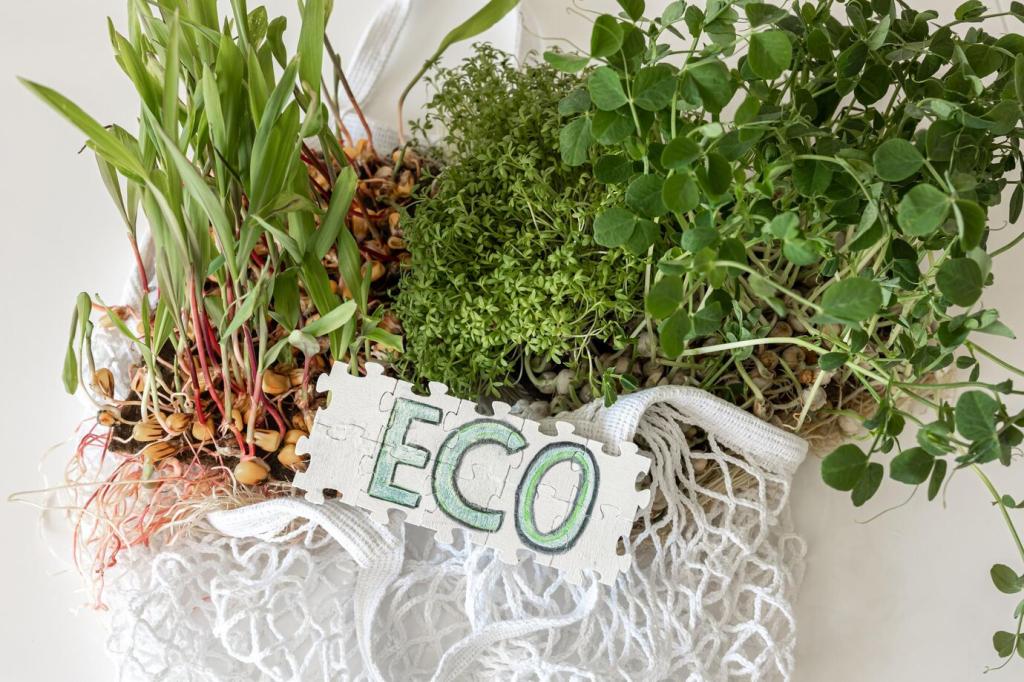Creating a Wildlife‑Friendly Garden: Invite Nature Home
Selected theme: Creating a Wildlife-Friendly Garden. Welcome to a space where hedgehogs rustle, bees hum, and birds return each morning. Explore practical ideas, heartfelt stories, and seasonal tips. Love wildlife? Subscribe, share your sightings, and grow this living sanctuary with us.
Know Your Wild Neighbors
Pollinators: Bees, Hoverflies, and Moths
Planting pollen-rich, single-flowered blooms invites a steady buzz of life. We noticed activity peak around mid-morning, when sunlit borders warm quickly. Track bloom times, and comment with your top pollinator plant that never fails.
Birds: From Robins to Goldfinches
Birds look for food, water, and safe perches. A mix of seedheads, berry shrubs, and thorny cover encourages longer visits. Note who arrives after rainfall, and share your favorite berry-producing native plants for autumn feasts.
Quiet Visitors at Dusk
Hedgehogs, bats, and moths come alive at twilight. Keep outdoor lights minimal and warm-toned to protect night navigation. Have you spotted silent visitors after sunset? Tell us when they appear and what features attract them most.
Designing Layered Habitat for Every Creature
Canopy and Climbers
Small trees and climbing plants add vertical foraging routes and safe retreats. Native hawthorn, rowan, and ivy deliver nectar, berries, and nesting cover. Which climber thrives on your fence and feeds wildlife? Share your success below.
Shrubs and Thickets
Dense shrubs buffer wind, hide nests, and host insects. Mix evergreens with deciduous species for year-round shelter. We swapped a sterile hedge for mixed native shrubs, and winter birds suddenly lingered longer each morning.
Groundcover and Leaf Litter
Leave some leaves. Leaf litter shelters beetles, worms, and amphibians, fueling the food web. Plant low, nectar-rich groundcovers between stepping stones and let a corner stay wild. Post your most productive groundcover combo to inspire others.
Water Welcomes Life
Build a Small, Safe Pond
We started with a repurposed washing-up bowl, stones for a beach, and rainwater. Within two weeks, damselflies arrived. Keep at least one side shallow for easy exits. Share your pond photo once the first visitors appear.
Keep Water Clean—Naturally
Skip chemicals. Use oxygenating plants, partial shade, and leaf skimming to maintain clarity. A handful of aquatic snails can help. What balance of plants keeps your pond clear? Add your planting list in the comments.
Shallow Edges and Escape Ramps
Ramps of rough wood or pebble beaches prevent accidental drownings for hedgehogs and frogs. We saw hedgehog footprints by the water after adding a simple ramp. Tell us which edge design solved safety in your garden.
Food Across the Seasons
Spring and Summer Nectar
Start early with willows, lungwort, and flowering currant, then continue with catmint, scabious, and lavender. We saw bumble queens refuel on early blooms during cold snaps. What spring flowers rescue your pollinators on chilly mornings?
Autumn Berries and Seeds
Hips, haws, and elderberries extend the banquet into fall. Avoid overly tidy pruning until birds finish feeding. Share your most productive berry shrub and how you balance harvesting for kitchen and wildlife alike.
Winter Fuel and Seedheads
Leave teasel, coneflower, and sunflower heads standing for finches. Avoid cutting stems until new growth appears. We counted four goldfinches on frosty mornings, clinging to teasels. Which winter plants keep your garden alive with activity?
Shelter, Nests, and Safe Corners
Position boxes out of prevailing winds, under shade, and away from direct sun. Clean boxes in late autumn. Which entrance size proved most popular near you? Share your measurements and surprising nesting stories.
Shelter, Nests, and Safe Corners
Stack logs loosely to create insect galleries and amphibian shelter. Add a small rock pile beside damp soil. We found slow worms sheltering beneath bark after just one season. Show your pile design and materials used.


Kind Gardening, Big Impact
Choose peat-free compost, tolerate a few nibbled leaves, and encourage natural predators. Ladybirds, hoverfly larvae, and birds will balance pests. What organic swap worked best for you? Share your reliable peat-free brand or homemade mix.
Adopt a mosaic approach: cut paths, leave patches to flower, and rotate areas monthly. We watched clover sparkle with bees after skipping one mow. Post a photo of your path pattern and flowering islands.
A cool, layered compost heap teems with detritivores that feed larger species. Keep it moist, aerated, and partly undisturbed. Which compost ingredients attract the most life in your garden? Share your recipe and turning schedule.

Share, Record, and Celebrate
Log dates, species, weather, and behaviors. Patterns will guide planting and maintenance. We discovered bats arrived ten minutes after sunset consistently. What pattern surprised you most? Add your notes and compare with other readers.
Share, Record, and Celebrate
Identify species, map blooms, and submit records to local projects. Data helps conservation efforts target real needs. Which app works best in your region? Recommend it below so newcomers can contribute confidently.
Join our mailing list
